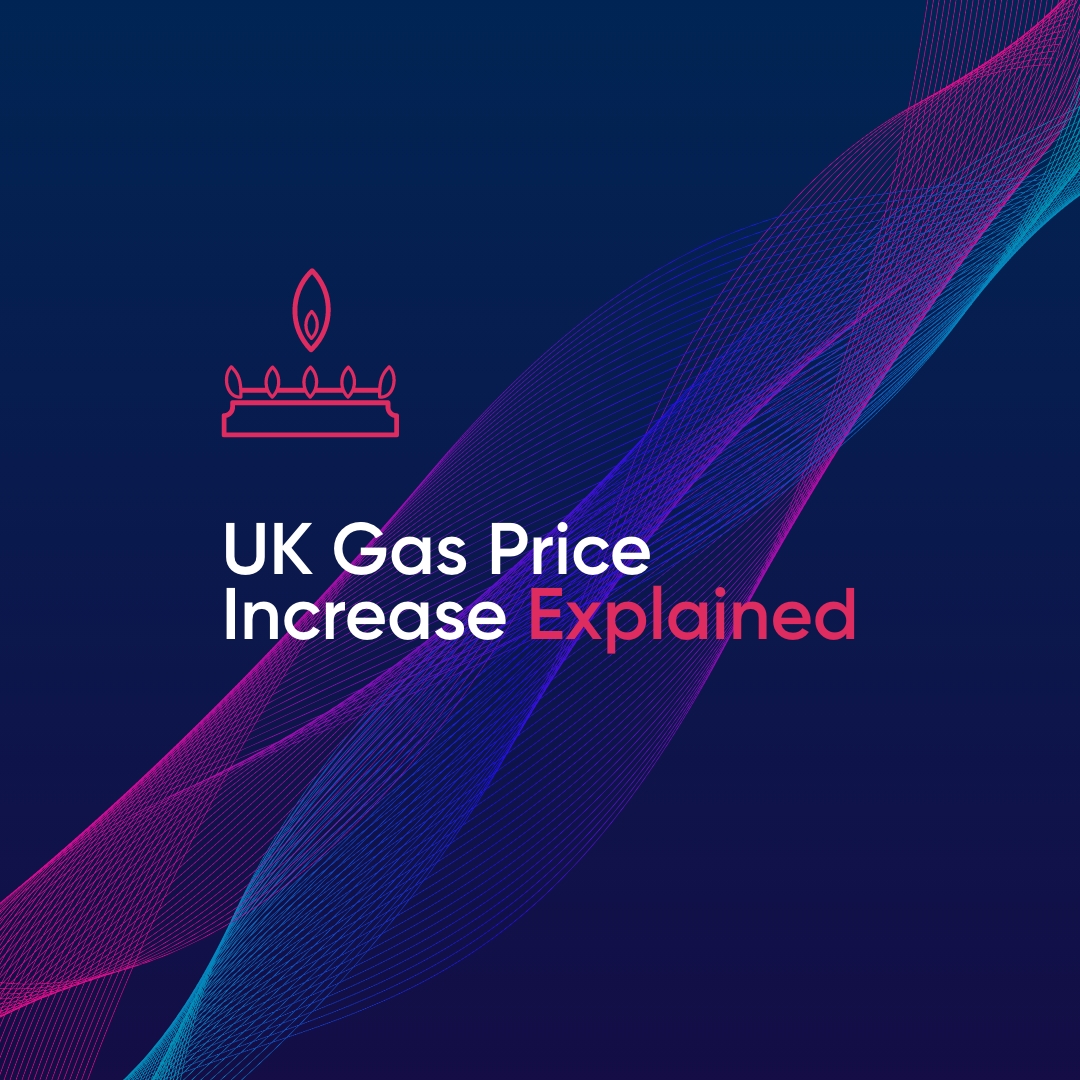There wasn’t a single overarching reason why gas prices rose exponentially, it was an unfortunate perfect storm of circumstances. This perfect storm was comprised of:
-
The UK doesn’t store much gas
For the last 4 years, the UK has operated with an ad hoc approach to gas procurement, relying almost entirely on fresh imports to meet our population’s demands.
This meant that as prices shot up, we had very little insulation compared to our European neighbours. This graph from The New Statesman clearly illustrates the UK’s distinct lack of gas storage.
Compared to Italy’s 167.9 terawatt-hours, the UK’s paltry 9.3 leaves a little to be desired. Our suppliers had no choice but to buy more gas at extortionate prices; our tiny storage capacity simply could not meet demand (for reference, the UK demand for gas in 2020 was 811.4 terawatt hours).
-
Asian & South American gas demand has increased
In normal circumstances, the UK would have relied on purchases of liquefied natural gas (LNG) to supplement our energy consumption.
Unfortunately, Asian nations such as China, South Korea, Japan and South American countries such as Brazil and Argentina have been buying large quantities of LNG in an effort to transition away from an overreliance on coal.
LNG made up 22% of the UK’s energy supply in 2020; lacking this resource in 2021 had a significant impact on the UK’s ability to purchase reasonably priced fuel. Again, this left the UK subject to buying whatever was available.
-
The winter of 2020/21 was a long one
If you think back to April 2021, you might remember it being unseasonably cold.
In fact, it was the coldest April in the UK since 1922. Because temperatures stayed low for so long, we naturally used more gas than we ordinarily would.
Couple this with the aforementioned increase in global demand, and it’s clear to see why the UK struggled to replenish its stock of gas before the winter of 2021 (hence why we are subject to wildly variable prices).
-
Other energy sources have struggled
Both renewable and nuclear energy sources in the UK struggled to output efficiently in 2021.
Many nuclear reactors went offline for “non-planned” reasons, while many wind farms struggled to generate enough energy due to record low levels of wind.
This does not mean that renewables don't work. In fact, this situation outlines the importance of green energy infrastructure moving forwards.
The UK’s lack of green energy infrastructure meant that it could not make up for the downfall that the gas crisis caused.
-
European suppliers are unable to meet demand
In addition to the above reasons, there is a geopolitical aspect to the UK’s gas shortage, too.
The Nord Stream 2 gas pipeline has faced significant opposition from many European states and the US, with many arguing that the installation of this pipeline will make Europe too heavily reliant on Russia for gas.
Germany recently made the decision to suspend the Nord Stream 2 line, which proves to be an additional roadblock to Europe’s gas supply. The German energy regulator Bundesnetzagentur has made it clear that there will be “no decisions in the first half (of 2022)”.
What’s going to happen in 2022?
It would be unwise to make any concrete predictions as to what will happen to gas prices in 2022.
Nobody can accurately state what will/will not happen. All we can do is strive to make the most out of a bad situation and take proactive steps to insulate our customers from the brunt of the economic impact.
What we do know is that demand usually decreases in the summer, and we’ve no reason to believe that 2022 will be any different. Lower demand often means lower prices.
However, many people have concerns, specifically regarding the energy price cap.
What is the energy price cap?
Established in 2019, the energy price cap was put in place to limit the amount that energy suppliers could charge per kWh of gas and electricity per year, however that doesn’t cover heat network consumers. CEP is working with industry bodies and associations to change this so that communal energy networks can benefit from the price cap.
Turbulence on Russia/Ukraine border
In addition to this, Russian troops are massing on Ukraine’s border, with many fearing an imminent attack on the country.
Should this take place, we may see further disruptions to gas supply, as many supply lines currently flow through Ukraine.
Stay up to date with Communal Energy Partners
Again, we want to make it clear that nobody knows exactly what will happen in 2022. The best way to protect yourself is to stay informed, and to keep up to date with what’s happening in the energy world.
Our team at Communal Energy Partners will be producing regular updates on what’s happening with gas prices, changes in the market and what we’re doing in order to keep prices down.
If you’d like to receive notifications when these updates go live, click here to join our mailing list


